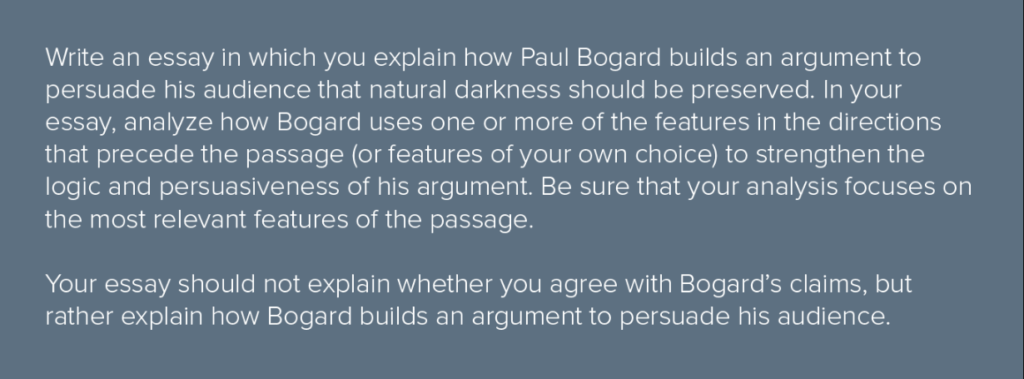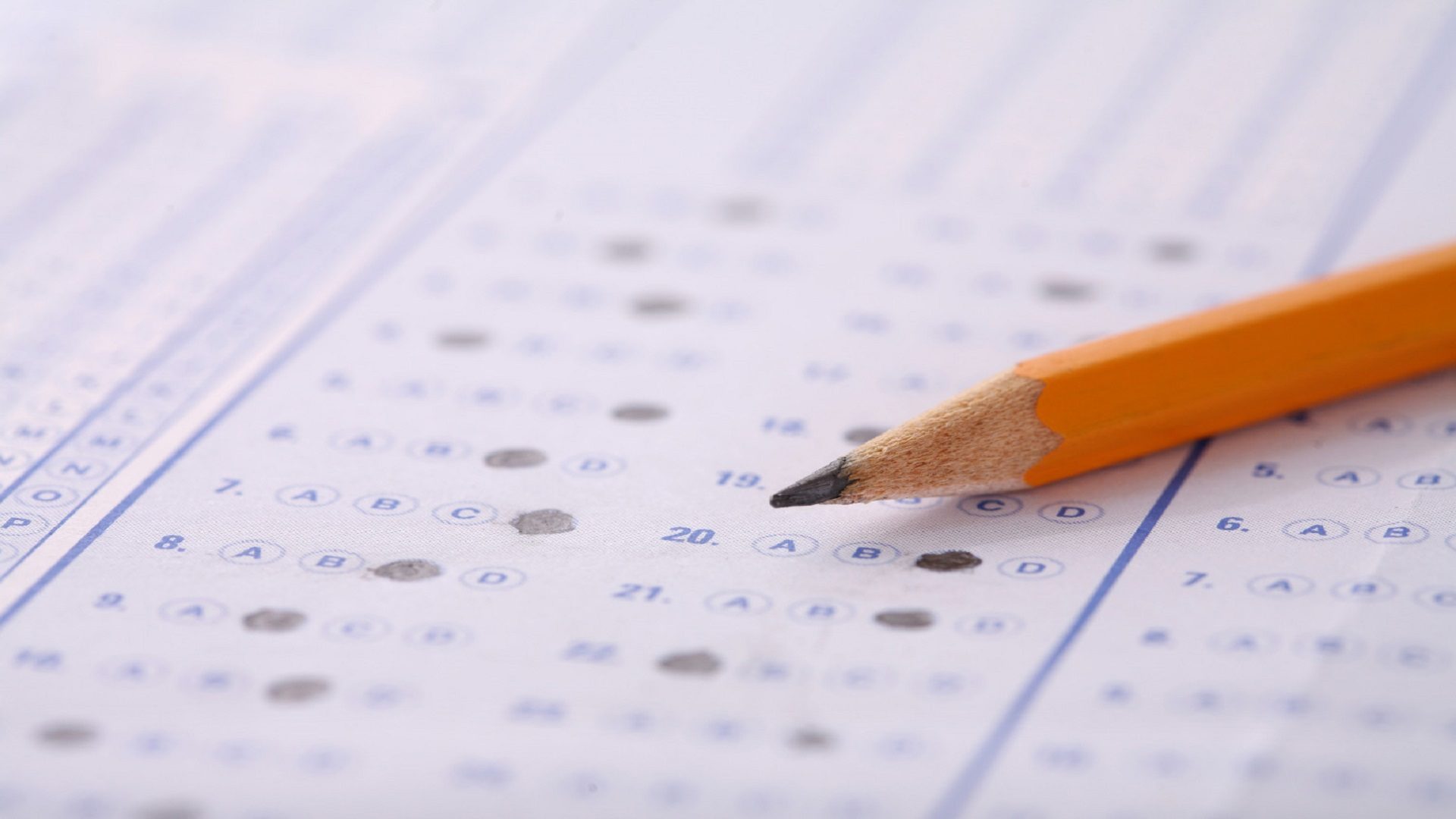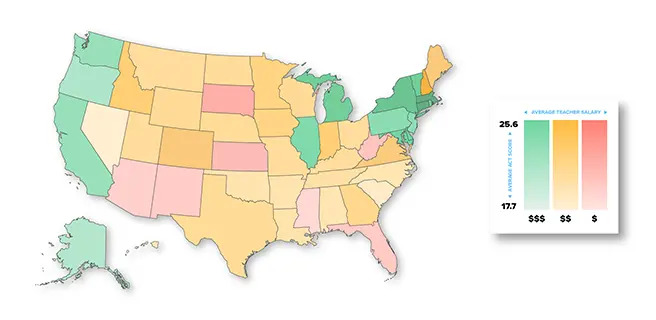8 Strategies to Nail the SAT Essay

You’ve inevitably felt the pressure of a big test before. When it comes to the SAT Essay, you may be at wits’ end. You’re in the right place, but approach the SAT essay component with confidence, not fear.
Preparing yourself for what to expect can make all the difference. In this article, we’ll tell you what you’ll need to study and provide eight tips that you can use to maximize your score on the essay component. Let’s get started!
1. Knowing the Prompt
For the student who values practice prompts, there’s good news. Collegeboard.com offers not only sample SAT Essay prompts but also examples of student responses coupled with their scores and feedback. Below, we’re going to take a look at one of them.
Before each SAT Essay passage, you’ll notice a generic prompt. You can expect to see something almost identical to the example below, except the author’s name (because this author is specific to the passage we’re about to discuss).

Notice what this prompt asks you to do as you read. This prompt acts as a guide, encouraging you to “consider” the bulleted items. Be sure that you take this seriously and scour the passage for them. Why? Because the rest of the prompt (located after the reading) will ask you to reference these ideas in your essay.
Let’s take a look at the prompt following the passage:

Notice that both portions of the prompt ask you to analyze Bogard’s methods of persuasion (evidence, reasoning, development of ideas, and stylistic/persuasive elements). The portion at the bottom of the passage builds off of the initial prompt, asking you to use the bulleted items that you find in the passage to explain how Bogard builds an argument.
Here’s the good news: Essay prompts are all structured in this way. And each asks you to explain how an author accomplishes a given task through the passage. That leads us to strategy #2…
2. Detailing the HOW, not the WHAT
Before we get into how to approach the passage, the prompt, and tips for writing the best possible essay in 50 minutes, let’s cover one strategy that will immediately set you on the path to writing success.
The SAT Essay prompt will never ask you to retell what you’ve read. When pressure mounts, you might be tempted to summarize the passage or to explain why you agree or disagree with the author’s points. Avoid both pitfalls at all costs! They are what we call the “what” of the passage.
Instead, the SAT graders want to know if you can analyze the “how” of the passage. How does the author persuade? How does he/she use devices to make a point? How does the message come across to the audience? How can the reader tell that the author is passionate about this message?
The essay requires you to analyze the author’s methods, not retell his points.
3. Know Your Terminology
Take a quick look back at the first portion of the prompt. You’ll notice that it asks you to consider how the author develops his argument. This is where your English classes might come to the rescue; if you haven’t yet, refresh the stylistic and persuasive devices that you’ll have to discuss in your SAT essay. And don’t worry. If you’re not familiar with many, here is a detailed list that you can use to study.
Another tip: Don’t just memorize the definitions of these terms. Find examples of them being used in pieces of literature and try using them yourself. Students who apply concepts rather than relying on muscle memory often find it easier to see them in the passage on test day.
4. Let the Full Prompt Guide Your Reading
We recommend reading both parts of the prompt (before and after the passage) before you start reading. To make sure that stay focused on the prompt throughout the entire writing process, here are some quick tips:
- Underline everything that the prompt asks you to do. If it says to “explain how the author builds an argument,” underline it. If it reads to “analyze how the author uses devices to contribute to a theme,” do the same. Then, as you brainstorm, you can refer back to the underlined portions of your prompt to make sure you’re staying focused. (We’ll cover this later.)
- Take notes directly on the passage. Take advantage of your ability to write in the test booklet.
- Glance frequently back at the prompt to remind yourself what you’re looking for.
- In the passage, underline sentences or sections that the prompt told you to consider, and make brief notes in the margins of any ideas that you might be able to use in your essay.
You’ll be surprised how much easier it is to stay focused on reading the passage (and on the prompt!) if you are annotating and referencing the prompt frequently.
Note: some students avoid these steps because they are concerned that it will use up precious time. Instead, they read everything as quickly as possible so that they can get straight to work. Unfortunately, this results in an essay lacking focus, clarity, and depth.
Practice these techniques on a sample SAT practice essay and see how they help you regain control over this seemingly daunting task.
5. Always Brainstorm
Like the strategy above, brainstorming is essential to creating a focused essay. Without a little bit of planning, your essay will lack the depth and detail that leads to a high score. When students don’t spend enough time brainstorming, they approach the essay component without confidence, causing them to spend even more valuable time going back to the passage and rereading.
We want you to avoid the desperate, mid-essay search for ideas. Instead, we want you to know what you’re going to write, how it answers the prompt, and what support you’re going to use before you’ve even started your introduction paragraph.
So, what does a successful brainstorm look like? Luckily, it doesn’t matter. As long as you have scribbled down ideas and organized them in a way that makes sense to you, you’re good to go. Since you don’t have a lot of time, you don’t need to make this part look nice.
The takeaway? The only bad brainstorming is no brainstorming at all.
6. Do Focus On…
Make sure the following aspects of your writing take up the majority of your energy and focus. Why? Because a large part of a high score depends on them.
- Relevant Ideas: As we discussed in strategy #4, your ideas are everything! That’s why you should frequently check yourself, making sure that your points align with the prompt and, consequently, the mission of your essay. Your essay’s success hinges on whether your ideas relate to and address the question/task posed in the prompt.
- Organization: There are so many different ways to organize an essay. For an analytical essay like this, consider organizing your paragraphs in one of the following two ways. Chronologically: make sure that the ideas in your essay are placed in the same order that they appear in the passage. By topic: group paragraphs based on the type of method that the author used to persuade (a paragraph on the author’s use of metaphors, for example, or a paragraph discussing his use of appeals). If you come up with an organizational structure that works better, go for it! Beware, though, of using none. You will be scored on your ability to organize your thoughts.
- Neatness: Scorers are trained to ignore handwriting when grading essays. Still, remember that you are trying to communicate your point of view to someone else. If they can barely read it, this will be difficult to accomplish.
7. DON’T Focus On…
Spelling, grammar, mechanics, and usage are always necessary. However, graders are not trained to take a point off here or there for every minor error. So, don’t spend too much time worrying about misspelled words or small grammatical mistakes. Your ideas are more important. That said, an essay full of errors will undoubtedly receive a lower score.
8. Make Sure it’s Complete
SAT graders will be checking to make sure you’ve submitted a complete essay. In other words, you’ll need to have an introduction, several body paragraphs (2 to 4), and a conclusion.
There are a few ways to ensure that your essay appears to be complete, even if you end up struggling with time.
- Indentation: Make sure you indent the first line of each paragraph to clearly show that you’ve got the right structure. Avoid the bulky, one-paragraph essay. Before they even read it, your scorers will conclude that your content lacks depth and organization, and you don’t want to make a negative first impression.
- Conclusion: Even if you’re strapped for time, write a conclusion. Your graders know that you’ve only got 50 minutes to read, annotate, brainstorm, and write, so they’re trained to place more emphasis on the body of your essay anyway. Even if your conclusion restates your main points in 1-2 sentences, it’s better than leaving it out.
- Verbosity: Although some excellent essays are short and many poor ones are long, it is important to write as much as possible. Response length is one of the easiest metrics for a grader to quickly measure.
Conclusion
Collegeboard.com provides students with sample SAT Essay prompts and passages (like the prompt we used above) and sample student responses and scores.
However, before you take a look at what other students had to say, we encourage you to try to write your response to the sample essay using the strategies we outlined above. Click here to read the passage and respond using our tips.
Then, compare your answer with the sample responses. It could provide you with some valuable insight into your strengths and weaknesses when it comes to the SAT Essay.
Study hard, use our strategies, and watch that score go up!



